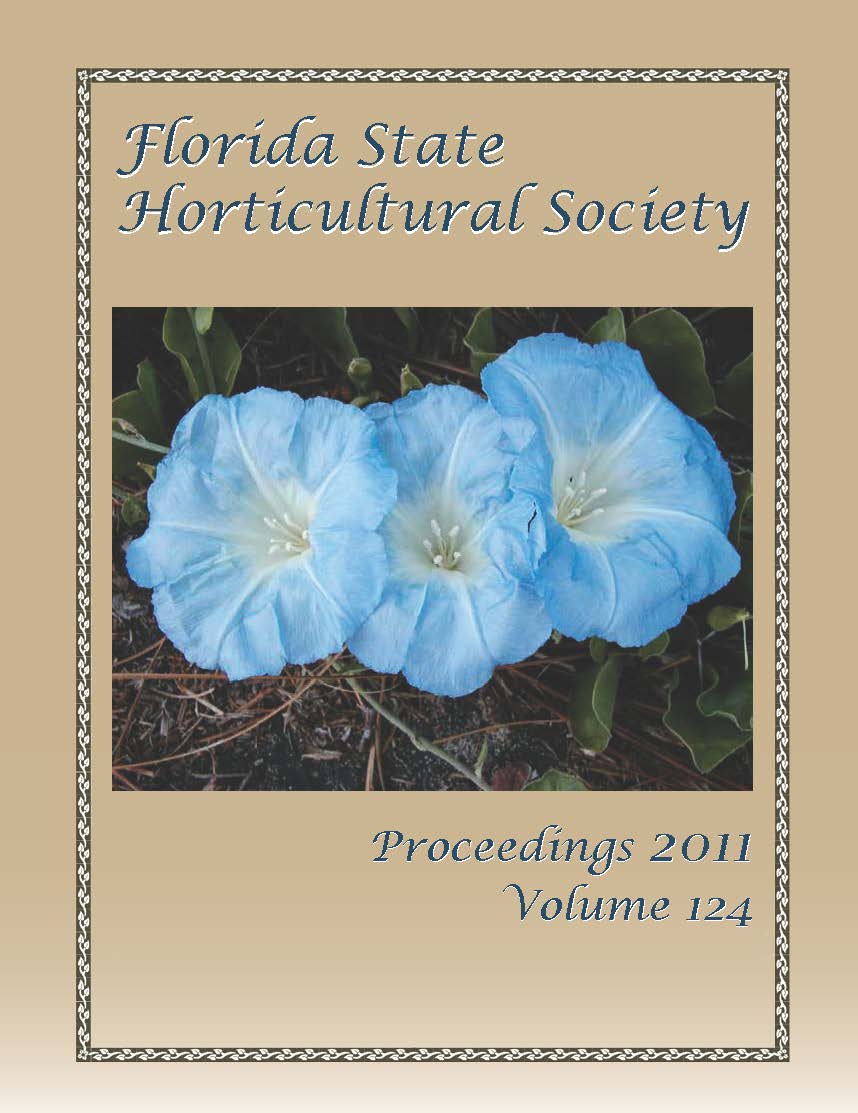Published 2011-12-01
Keywords
- Antirrhinum majus,
- floriculture,
- Meloidogyne incognita,
- methyl bromide alternatives,
- nonchemical pest management
- snapdragon ...More
Abstract
Fumigation with methyl bromide has been a principal means of managing soilborne pest problems for many years. Interest in effective alternatives increased during the phase-out of methyl bromide, and will become more acute as existing stocks are depleted. Since it can reduce plant-parasitic nematode infestations, soil solarization could be a useful component in a nonchemical alternative program, but questions remain about its efficacy relative to methyl bromide. The performance of solarization and fumigation with methyl bromide:chloropicrin (50:50) were compared in snapdragon (Antirrhinum majus L.) cut flower crops in sites with a history of problems from root-knot nematodes (Meloidogyne spp.). In most instances, snapdragon plants exhibited lower levels of galling caused by root-knot nematodes following preplant fumigation than following solarization. Fumigation also resulted in increased plant height, but crop yield was unaffected, due to variability among plots. Following the solarization treatment with drenches of Biophos® did not
improve results over solarization alone. Solarization was not as consistent as soil fumigation in reducing galling from root-knot nematodes. Although it can be useful in an integrated program as a non-chemical alternative to methyl bromide, solarization should be used with caution in sites with heavy pressure from root-knot nematodes.

